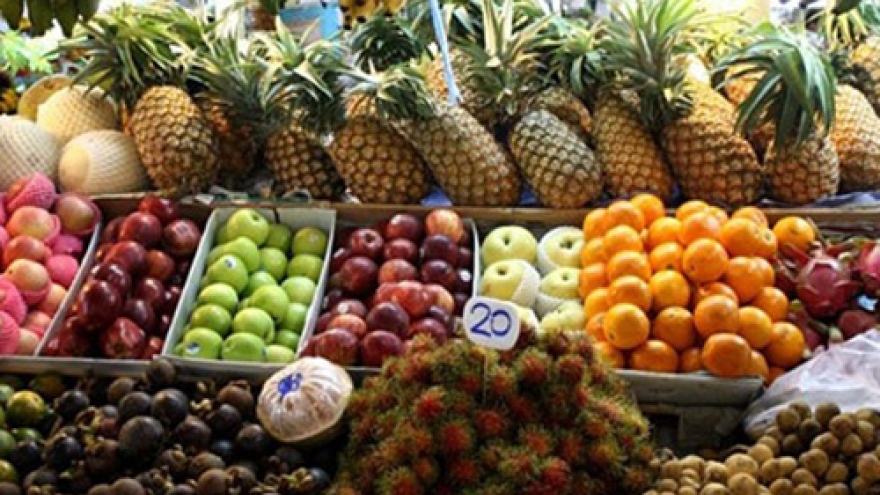Once-famous brands struggle to survive
As profits from companies' core business fields have fallen, many once-famous brands are trying to make money by leasing land or selling other products.
 |
When more and more rivals appeared in the market, the manufacturer decided to follow a low-price strategy to attract consumers and cut expenses to lower the selling prices.
Branding experts believe that the biggest problem of Miliket is that it was ‘too conservative’.
Miliket has not changed the design of packages for many years. The product is still put into paper packages with the image of two prawns on it. This explains why the majority of Miliket buyers are older people.
In fact, the packages have gradually disappeared from the shelves at supermarkets and convenience stores in large cities. They are mostly sold in rural areas, targeting low-income earners with the selling prices of VND2,700-6,000.
Miliket’s profit is modest. In 2012, it made a profit of VND31.2 billion and turnover of VND540 billion. In 2015, the post-tax profit was VND31.14 billion, an increase of VND10.42 billion over 2014.
Miliket still exists and its products still sell, because the other manufacturers don’t care much about the low-cost market segment. However, its fate in the context of the stiff competition is uncertain.
There is another brand which also follows a low profit strategy. It is Sacom, one of the two companies which first listed shares on the stock market.
Sacom’s main products are fiber optical and electrical wires. However, the core business field only brought modest profit of VND38.8 billion in 2015 out of huge turnover of VND1,847.8 billion in 2015.
Meanwhile, its investments in real estate could bring profit of VND21.3 billion though turnover was VND360.5 billion only.
In 2016, Samco hopes it can make a profit of VND60.5 billion out of turnover of VND2 trillion from the core business field.
It plans to make a profit of VND28 billion from the real estate sector. The company is now focusing on its tourism real estate projects in Da Lat and HCM City.
Having 20 years of experience and success in the electronics industry, another company, TIE, only sets a modest target of VND10 billion in 2016 from its core business field.
It tries to make money from a joint venture with Vinh Tien, a confectionary and notebook producer, and two others – Mega-Tie and Tien Dat-Tie – to which it contributes capital with land.



